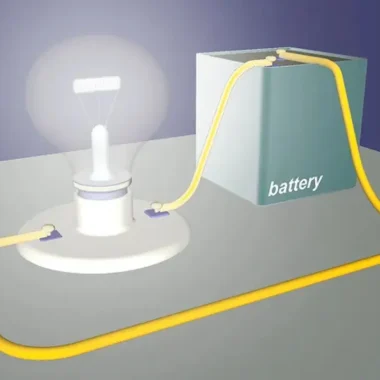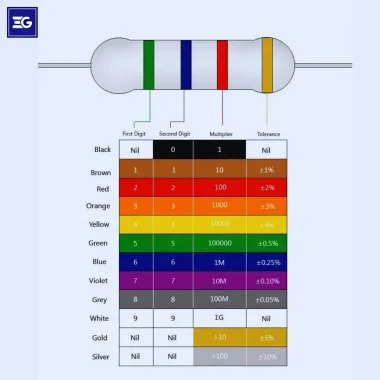Ohms and Resistance Basics in Electronics
Ohms and resistance are important concepts to know for electronics, as without both you won’t have a functional, let alone reliable, circuit. If you work with simple circuits or complex systems, then you should have a basic understanding of resistance, resistors, resistivity and resistance color codes to work better when troubleshooting the problem or designing it oneself. Whether you are interested to know simply what pure ohms and resistance are all about, or you want to learn a little more about them and for how you might apply it in your electronic projects, the following guide can help you!
1. What is an Ohm?
2. Resistance: A Closer Look
Material’s resistance is how much they will defant of electricity. In simple language, resistance is force which resists the flow of electric current. Material composition, temperature and physical dimensions of the conductor affect this property. Resistive materials have an almost fundamental role in energy dissipation, due to the energy they convert from electric to heat form and controlling current in circuits requires resistance, resistance being a necessary evil in these processes.

3. Resistors in Circuits
Specifically for adding resistance to the circuit, Resistors are given components. They protect other components and limit the flow of current to control the behavior of the circuit. There are carbon composition, film, and wire wound resistor types. The value of a resistor is usually given by numbers of ohms, and may range several ohms to several megaohms (MΩ), depending upon circuit demands. In complex circuits, resistances also achieved through combination in series and parallel loops.
4. What is Resistivity?
Resistivity is a characteristic property of a material that does not depend on the physical parameters and is inherent for the component. The resistivity, how good a material is at resisting the flow of electric current, is what is described. Rubber, having high resistivity, acts a great material for insulating, whereas copper with low resistivity acts a great material for conducting. Resistivity of a material, ρ, is usually measured in ohm meters (Ω·m), where temperature and type of material are major driving factors.
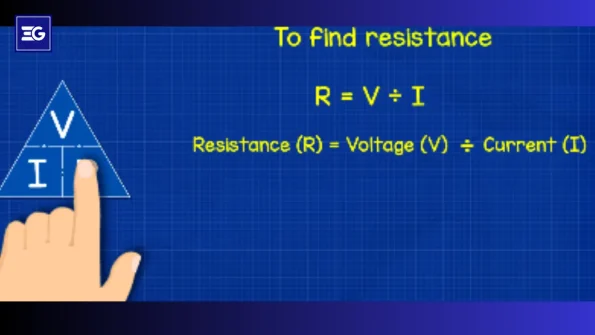
5. Resistace Color Code
Resistors with color bands imply a type of resistance code called a resistance color code. At a glance, these colored bands exhibit these four or five usually, help users distinguish the resistor value. The quick calculations from one color to the next are available without needing additional tools, since each color corresponds to a certain number. Here’s a breakdown of the color code:
Black: 0
Brown: 1
Red: 2
Orange: 3
Yellow: 4
Green: 5
Blue: 6
Violet: 7
Gray: 8
White: 9
For a four band resistor, the first two bands are digits, three bands are for a multiplier, and the fourth band specifies tolerance. It can help you quickly tell what resistor values are, and speed up the process of putting circuits together.
6. Ohms and Resistance — Practical Applications
When it comes to designing, troubleshooting and maintenance for electronic devices, it is important to have the knowledge of ohms and resistance. Here are some common uses:
Current Limiting: Current is limited to sensitive parts with resistors.
Voltage Division: Voltage dividers provide a voltage output by means of resistors.
Signal Conditioning: In analog circuits resistors help condition the signal to the desired range.
Power Control: Power dissipation is managed to not overheat by high resistance elements.
To build efficient and safe electronic systems it is important to have a good understanding of how resistance effects current flow.
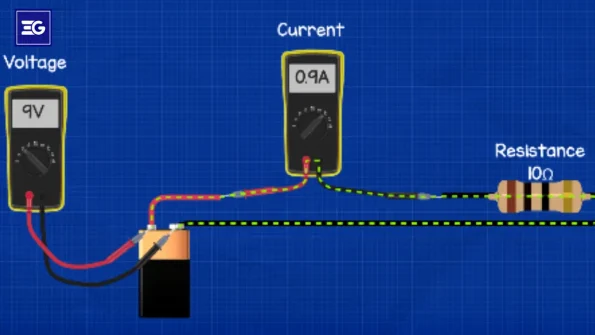
7. Choosing Resistors in Electronics Tips
Choosing a resistor for a project isn’t just about picking a resistance value. Here are key factors to consider:
Power Rating: Select a resistor with sufficient power rating to support the expected load. Watts is usually how you measure this.
Tolerance: We have resistance with different tolerances that gives you precision. Lower tolerance is desired for precise applications.
Material Type: There are a variety of other types of resistors, Carbon film and wirewound for example which differ in performance, wirewound types giving higher heat dissipation.
Size and Mounting Style: You need to choose resistors which match the physical layout of your project as well as other components you may use.
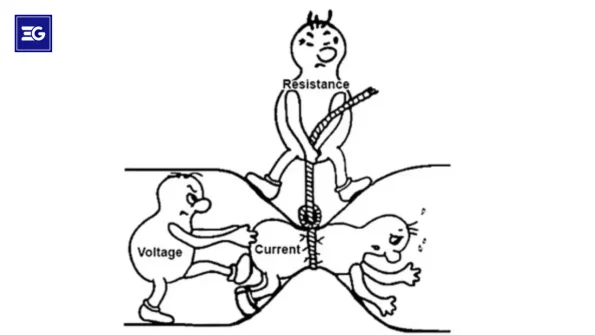
Conclusion
Fundamentally, under ohms, resistance, resistivity, resistor color codes is a basic part of working with electronics. Not only do these concepts make it easier to design circuit, but they are essential to the longevity and safety of your projects. Choosing which resistors will be best and doing the math correctly will give you efficient reliable circuits according to your needs.
Ohms and resistors cover the fundamentals of everything electronic through voltage regulation to current limiting. While you won’t need these principles to build better circuits (such knowledge is necessary now!), they should provide a foundation for exploring more complex electronic systems. Therefore, if you are writing a circuit, or reading about circuit behavior, remember the unsung heroes of the electronic world: Ohms and resistance.



